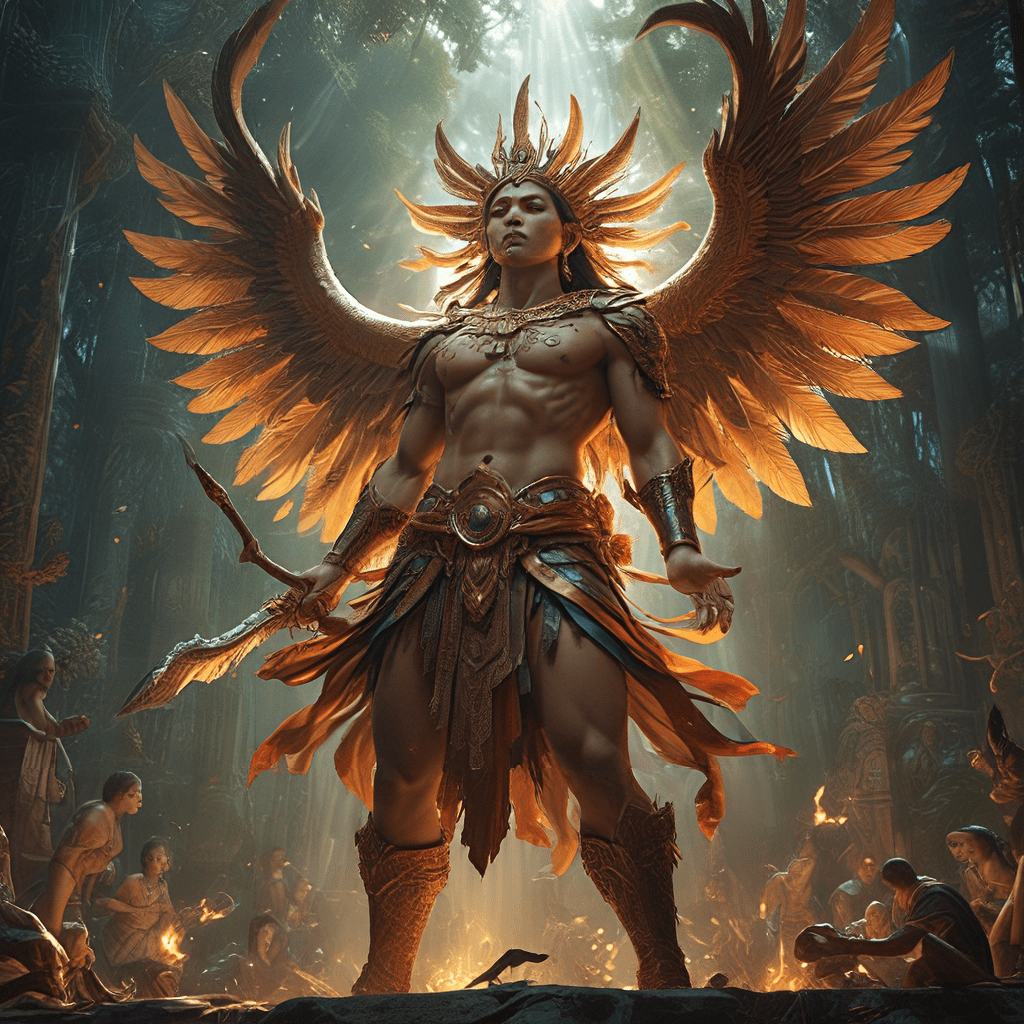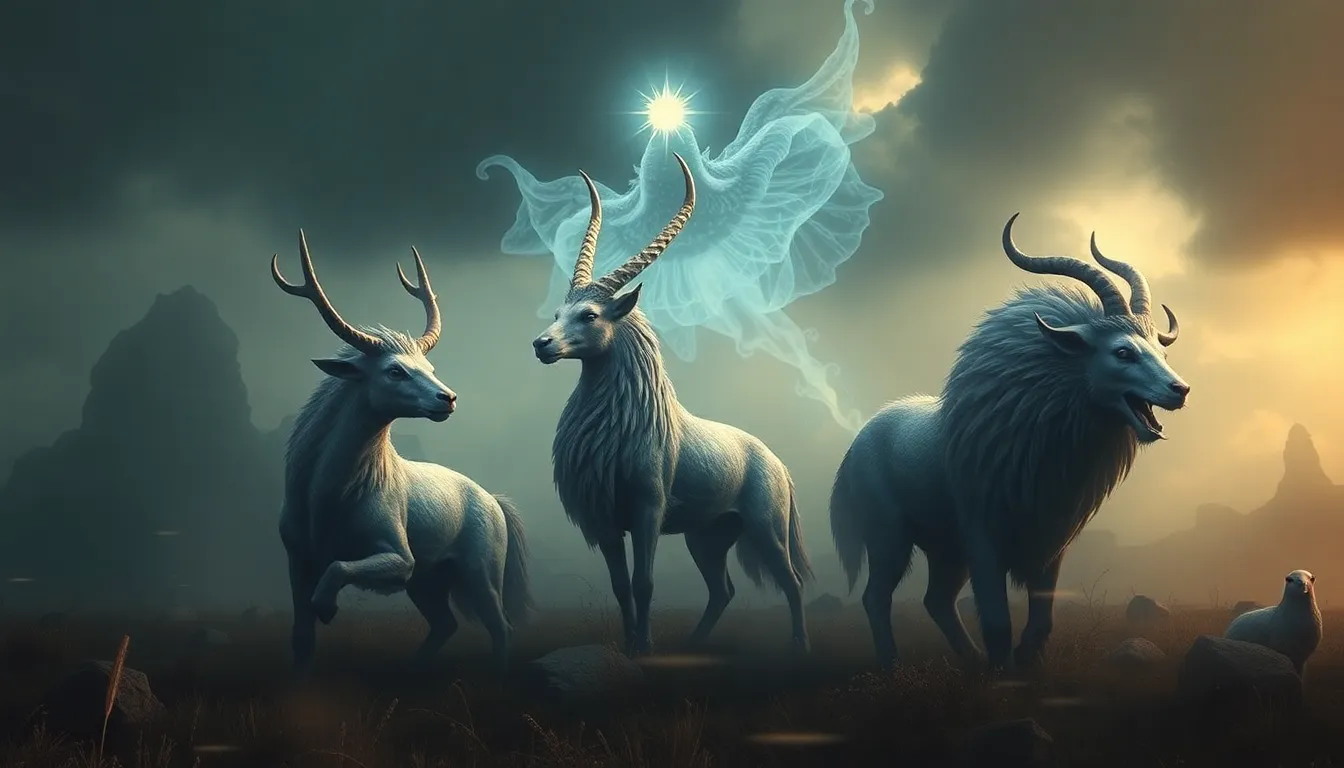Baltic Mythology: An Overview
Baltic mythology, a rich tapestry of ancient beliefs and stories, paints a captivating picture of the world and the forces that govern it. This mythology, deeply rooted in the cultures of Latvia, Lithuania, and Estonia, offers a unique perspective on the relationship between humans, nature, and the divine. Unlike other mythologies, Baltic beliefs emphasize the importance of fate, destiny, and the power of the gods to shape human lives. Gods and goddesses are portrayed as powerful entities with specific domains and responsibilities, influencing everything from natural phenomena to human affairs.
Baltic mythology is a treasure trove of evocative tales, revealing insights into ancient Baltic values, beliefs, and practices. These myths provide a window into the lives of our ancestors, offering a glimpse into their worldview and understanding of the world around them. The stories not only entertain but also provide valuable lessons about morality, human nature, and the complexities of life.
Trickster Figures: A Defining Feature of Baltic Mythology
One of the most prominent features of Baltic mythology is the presence of trickster figures, characters who often engage in mischievous and cunning behavior. These figures, known for their pranks, lies, and ability to outsmart others, are a common thread running through many Baltic myths. They bring a sense of playfulness and chaos to the otherwise structured world of the gods, challenging the established order and often serving as a foil to the more serious and dignified deities.
Tricksters play a vital role in shaping the narrative structure of Baltic mythology. They are not simply comical characters; they embody the complexities of human nature, showcasing the capacity for both good and evil, and highlighting the tension between order and chaos. Their presence adds another layer of depth and intrigue to the mythological landscape, making the stories more relatable and engaging.
The Role of Deception in Baltic Myths
Deception is a recurring motif in Baltic myths, often employed by both gods and mortals. While some deities, like Dievs (the sky god), are associated with honesty and justice, others, like Laimu (the goddess of fate), manipulate and deceive to achieve their ends. This intricate interplay of deception and honesty reflects the complexities of human relationships and the challenges of navigating life's uncertainties.
Deception in Baltic myths can serve various purposes. It can be a tool for survival, a means of gaining power, or a way to achieve personal goals, even if it means breaking the rules. It can also be a catalyst for change, leading to unexpected consequences that can transform the world. This use of deception highlights the unpredictable nature of life and the importance of adaptability in facing its challenges.
Prominent Trickster Figures: Dieva Dēli (Sons of God)
The Dieva Dēli, or Sons of God, are a prominent group of trickster figures in Baltic mythology. These mischievous brothers, often considered the children of Dievs, are known for their pranks, their tendency to defy authority, and their ability to manipulate situations to their advantage.
The Dieva Dēli are often depicted as cunning and resourceful, using their wit and intelligence to outsmart others. Their actions, while sometimes chaotic, can also bring about positive change, highlighting their complex nature. They represent the rebellious spirit of humanity, challenging the established order and disrupting the status quo.
Laimu and Laima’s Role in Deception
Laimu (also known as Laima) is a powerful goddess in Baltic mythology, often associated with fate, destiny, and childbirth. While she is revered for her ability to influence human lives, she is also known for her propensity for deception. She uses her knowledge and power to manipulate events, shaping the course of human lives in accordance with her own designs.
Laimu's deceptive actions are often meant to serve a higher purpose, but they can also lead to tragic consequences. Her role as a deceiver underscores the unpredictable nature of fate and the limitations of human control. She represents the inherent powerlessness of humans in the face of fate, a recurring theme in Baltic mythology.
The Trickster as a Catalyst for Change
Trickster figures in Baltic mythology are not just sources of mischief; they are agents of change. Their actions often disrupt the established order, forcing the divine and the mortal world to adapt. Sometimes, their pranks lead to unintended consequences that have far-reaching effects, shaping the landscape, the environment, or even the laws of nature.
Take, for example, the story of the Dieva Dēli stealing the sun, moon, and stars. This act of defiance, while causing temporary darkness and chaos, ultimately led to the creation of the seasons, as the gods had to negotiate with the brothers to return the celestial bodies. This myth showcases the trickster's potential to spark growth and evolution, even when their actions appear chaotic or disruptive. The trickster, in this case, isn't just a troublemaker but a catalyst for the creation of a new order.
Trickster Figures and the Moral Order
The presence of trickster figures raises questions about the nature of morality in Baltic mythology. While they often break rules and act in ways that are considered unethical, they are not always portrayed as villains. Their actions can be seen as a challenge to the rigid norms of society, highlighting the limitations and hypocrisies of established moral codes.
Baltic myths often explore the nuances of morality, suggesting that what is considered good or bad can change depending on the context and the perspective from which it is viewed. The trickster's ability to blur the lines between right and wrong forces us to reconsider traditional notions of morality and to recognize the complexities of human behavior.
The Trickster as a Symbol of Human Nature
Trickster figures in Baltic mythology are often seen as reflections of human nature. They embody our inherent desire for mischief, our capacity for cunning and deceit, and our ability to both create and destroy.
The trickster's mischievous nature reflects the playful side of humanity, our tendency to bend the rules and push boundaries. Their cunning and their ability to outsmart others represent our inherent desire to survive and thrive, even if it means using unconventional means. The trickster's capacity for both good and evil, their ability to be both helpful and harmful, mirrors the complexities of human behavior.
Theories on the Origins of Trickster Figures
Scholars have proposed various theories to explain the enduring presence of trickster figures in mythology across different cultures. Some argue that they are a reflection of the anxieties and uncertainties of early humans, a way of making sense of the unpredictable forces of nature and the complexities of human relationships. Others suggest that trickster figures are a form of cultural commentary, a way of critiquing and challenging societal norms.
Another theory proposes that trickster figures represent the spirit of creativity and innovation, the drive to break free from established traditions and explore new possibilities. Regardless of their origins, trickster figures continue to fascinate and intrigue us, offering a window into the complexities of human nature and the enduring power of storytelling.
The Enduring Legacy of Trickster Figures in Baltic Culture
Trickster figures continue to hold a significant place in Baltic culture. Their stories are passed down through generations, reminding us of the importance of humor, resilience, and the need for a healthy dose of skepticism. They are a testament to the enduring power of myth and storytelling, their influence extending beyond ancient beliefs and into contemporary culture.
The trickster's enduring popularity suggests their ability to connect with universal human experiences. Their mischievous antics remind us of the playful and subversive aspects of our nature. Their cunning and resourcefulness inspire us to find creative solutions to challenges. The trickster's legacy is a reminder that life is full of surprises, and that sometimes the most unexpected characters can teach us the most valuable lessons.
FAQ
Q: Are trickster figures always bad?
A: Not necessarily. Tricksters in Baltic mythology are often mischievous, but their actions can have both positive and negative consequences. Sometimes they cause chaos, but they also challenge the status quo and can even lead to positive change.
Q: What is the significance of Laimu's deception?
A: Laimu's deception represents the unpredictable nature of fate and the limitations of human control. Her actions highlight the powerlessness of humans in the face of destiny.
Q: How do tricksters reflect human nature?
A: Tricksters embody our capacity for mischief, cunning, and a desire to survive. They represent the complexities of human behavior, highlighting our ability to be both good and evil.
Q: Why are trickster figures still relevant today?
A: Their stories remind us of the importance of humor, resilience, and a healthy dose of skepticism. They also speak to universal human experiences, such as the desire for mischief and the need to adapt and survive.



